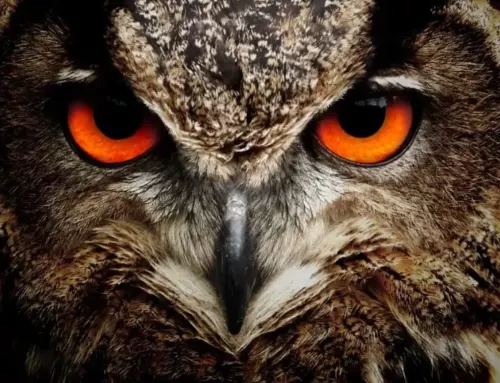When you first come upon a blue egg, you might be surprised. Eggs should be white, right? As a result, you might think that a rare or a bluebird lives in your yard. But that’s not true some common birds also lay blue eggs. what bird lays blue eggs, then? Don’t worry we have a list here….
When you see a blue egg, you will understand that the world is full of surprises. A blue egg, indeed. You’re probably thinking about what kind of bird lays blue eggs. There are multiple different types of birds that can lay blue eggs, not just one.
If blue eggs are found in unexpected locations, they most likely belong to an American Robin. House finches can also use nest boxes and produce bluish-green eggs. Although starlings also lay blue eggs, you can tell them apart from bluebird eggs because they are bigger.
The following is a list of the most well-known birds that produce blue eggs.
WHAT BIRD LAYS BLUE EGGS- 10 COMMON KINDS
1. American Robin Bird

The American Robin is one of the species of birds that lay pale blue eggs most frequently. They are all over America at all times of the year. Pale blue eggs are only laid by American and infrequently European Robins. The majority of American robins migrate to North America to breed, but some may make their nests in South America. Because of their amazing voices, you can hear these lovely ladies’ charming melodies in the early morning hours. They primarily hunt for and eat earthworms in your yards.
2. Blue Jays
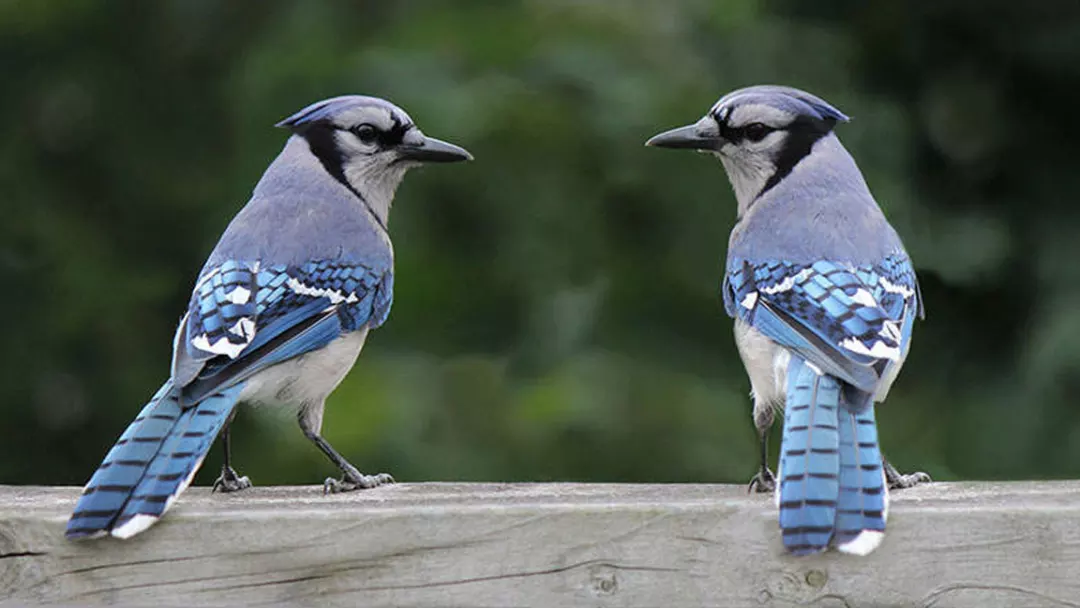
These gorgeous blue-eyed Blue Jays, who reside in urban and suburban areas, lay a range of colored eggs, including blue ones. A blue jay can occasionally lay white or even bluish-green eggs. They normally do, however, lay blue eggs. These birds live in the forests close to cities and suburbs. Instead of the deeper areas of the forest, they are found on the margins of these woodlands. Their bellies are white, but their tops are an intense blue color. So identifying this gorgeous species won’t take long. They even have black outlines to make them much simpler to find.
3. Blackbirds with red wings
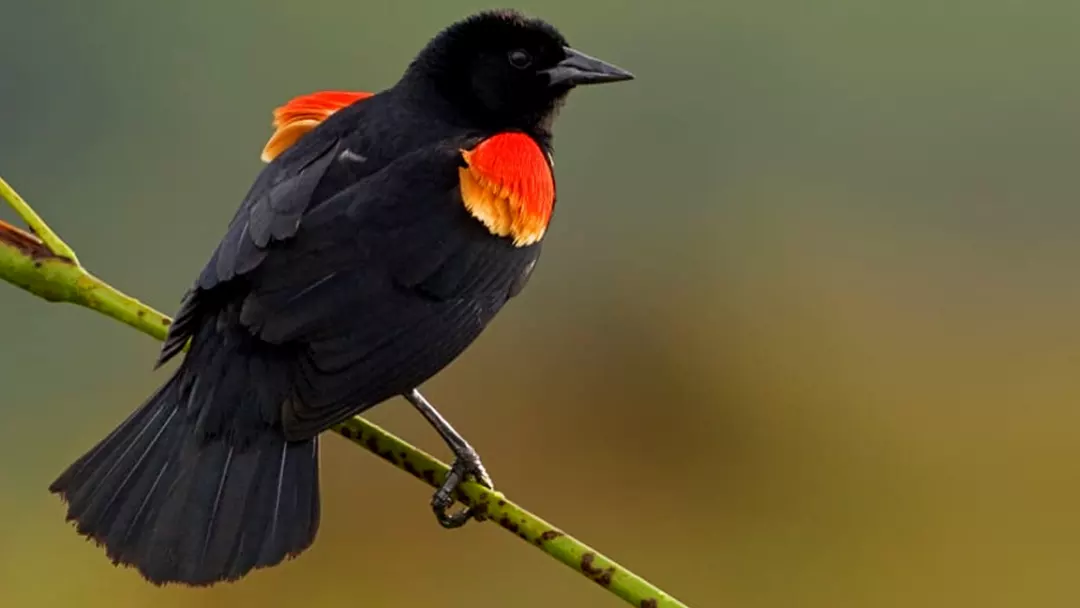
As their name suggests, red-winged blackbirds are black-colored bird species with red wings that have yellow borders. They reproduce in moist, marshy areas, with the male having several female partners. They lay their eggs on bulrush or cattails that resemble rods. They are territorial creatures that effectively protect their nests from people and other predators like dogs. Typically, they lay three to four pale bluish-green eggs with a scattering of brown, black, or purple markings. Hatching of the deposited eggs takes 10 to 12 days.
4. Dunnocks

Dunnock birds are typically small, quiet, and non-problematic creatures. These little, brown and gray birds enjoy hanging out around plants and flowerbeds. Lebanon, Turkey, and Northern Iran are where they were born. They are most usually seen in Europe, along with the aforementioned countries. Female Dunnock birds normally lay three to five blue eggs per clutch between April and July. Though occasionally they are even smaller, dunnock birds are normally smaller than robins. Their bodies are brown, they have brown heads, and their feathers have black patches.
5. House finches

Adult House finches have a brown tail that is quite long with a square tip. Their backs are a dullish brown color, and they have grey wing feathers. Typically, their flanks, breasts, and feathers show streaking. Adult females have brown upper bodies with streaking on their underparts.
6. Starlings

The starling prefers to lay its blue eggs in modern conveniences like exhaust fans or built-in stoves. The starling birds usually assemble in big numbers and are found in colonies across Asia, Europe, and Africa. They like social interaction and have large, potentially multimillion-person families. They also tend to scare away other local birds due to their aggressive nature and propensity to assault them and their nests.
7. Common Myna
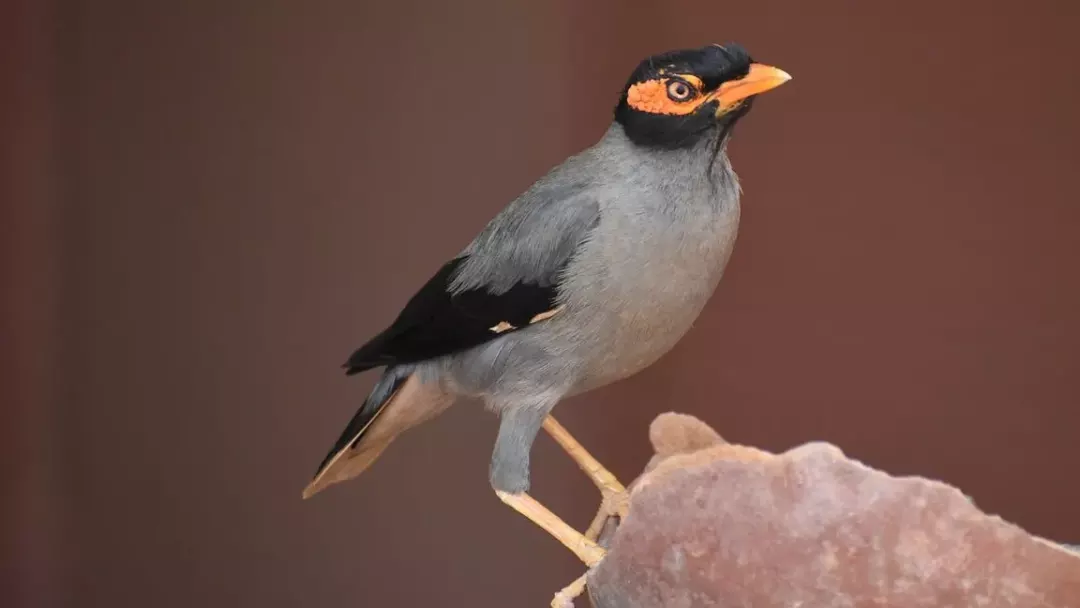
Common Myna, commonly known as “Indian Myna,” is primarily found in Asia. These birds have dark brown bodies with blackheads and are adaptable to new environments. They have two brilliant yellow patches on their faces. Their eggs are either bluish-green or blue/turquoise in color.
8. Black Tinamous
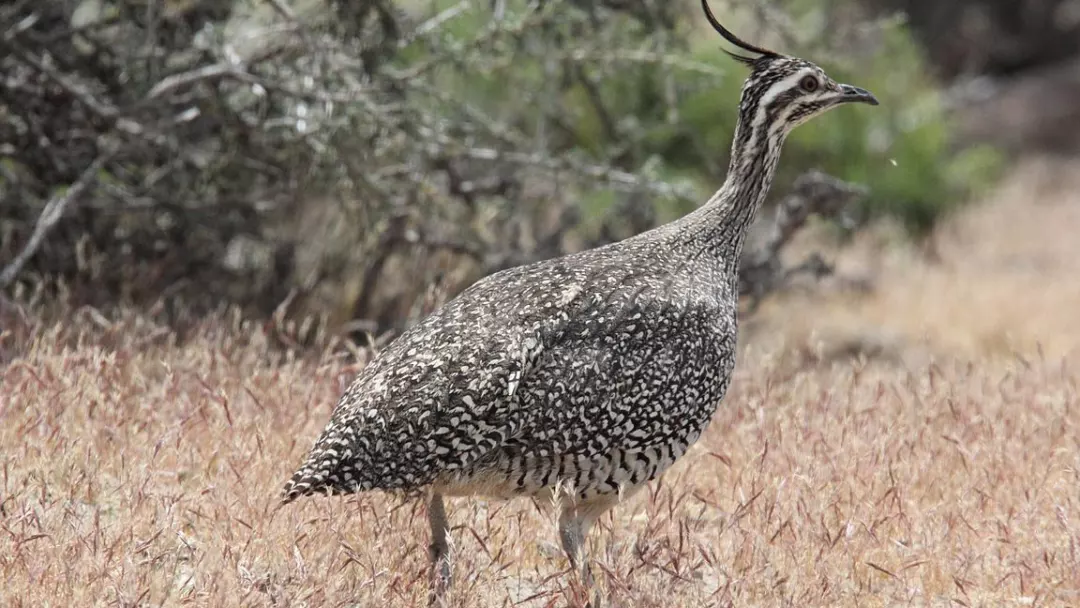
On the eastern edge of the Andes, in the cloud forest, are large and exceedingly uncommon black tinamous. It is deeper and plainer in color than the grey tinamou. As a result of their dull-brown underparts, they are challenging to identify in the wild. Your odds of seeing one are higher than hearing one, like other forest tinamous. In addition to a low, protracted coo that is similar to a dove but is longer, there are several lows and modulated whistles.
9. Booby, Blue-Footed
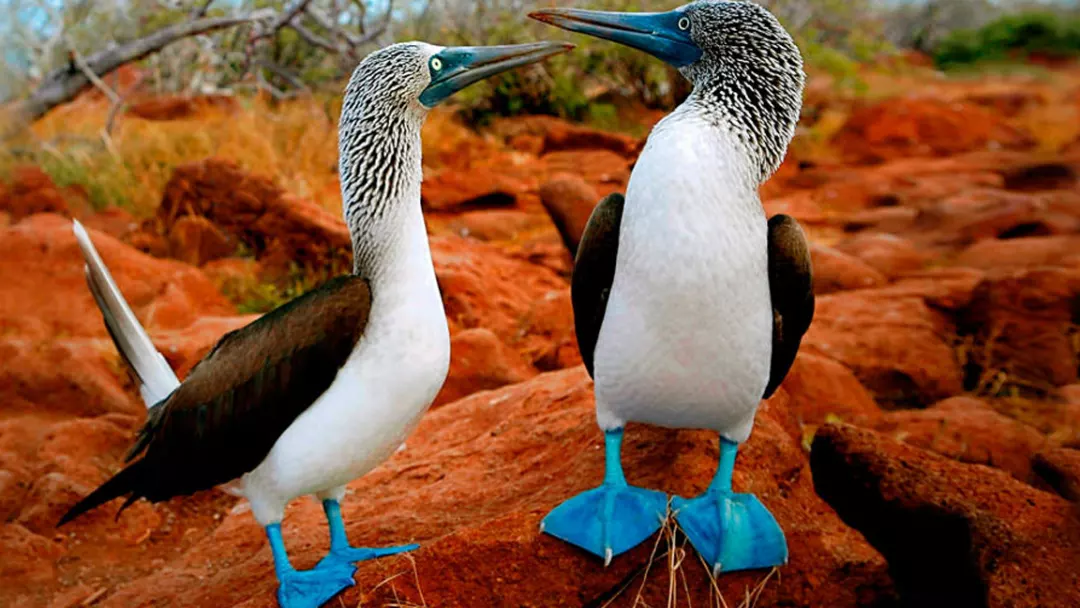
The blue-footed booby is a marine bird that lives in the tropical and subtropical regions of the eastern Pacific Ocean. These seabirds stand little more than three feet tall and have a five-foot wingspan. These birds have pointed brown wings and lengthy necks. Blue-footed boobies are easily recognized by their unusual dazzling blue feet, which the males display to entice their female friends. The female bird lays two to three light blue or green eggs on the ground, and they take around 45 days to hatch. As soon as the eggs hatch, the parents place them on top of their feet.
10. Song Thrushes
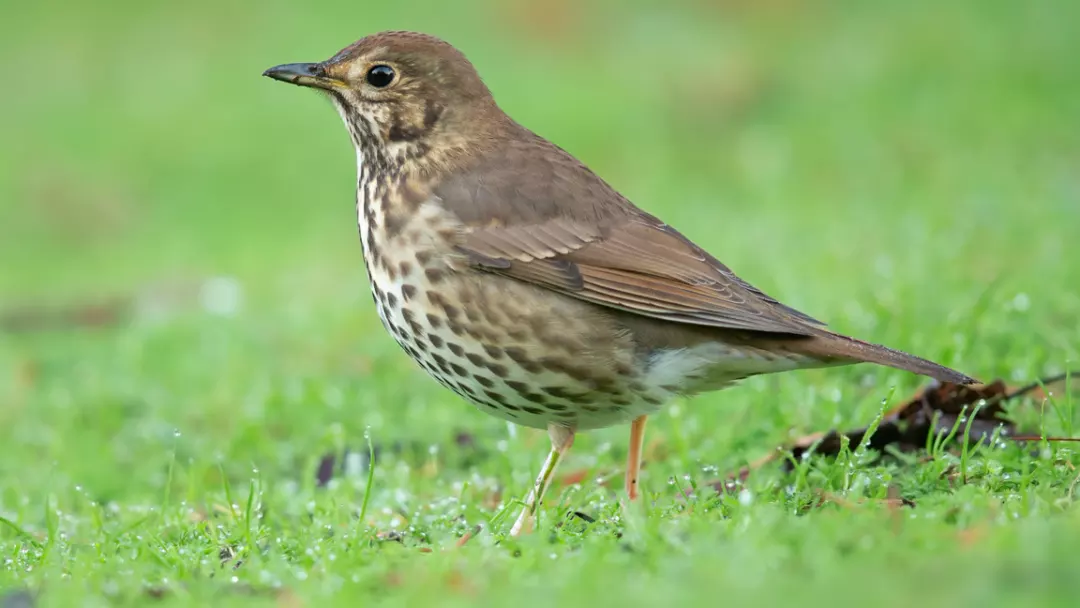
The Palearctic region is home to breeding song thrushes, also known by their scientific name Turdus philomelos. There are three subspecies of it, and the characteristics that set them apart include brown upperparts and buff or black-spotted underparts. The repetition of musical motifs results in a unique song, which is also referred to as poetry.
The Reasons for These Birds Laying Blue Eggs
The two “ink cartridges” discovered in the female bird’s reproductive system are biliverdin and protoporphyrin. These two substances are present in all birds, but not all species use them. But those who do use it produce eggshells with beautiful colors. Biliverdin is the chemical that gives eggshells their blue and green hues. The amount of biliverdin increases how blue the egg becomes. The colorant protoporphyrin is in charge of giving eggs their red or brown hue as well as the visible specks and spots on the eggshells.
These “inks” are added to the freshly built shell during the last few production hours. It’s noteworthy to observe that during the laying cycle, the color of the eggs will vary in birds that lay many eggs at once. The mother bird is actually losing calcium and other minerals while it may look like they are losing its pigment. She contributes 10% of the calcium in eggshells, thus she needs extra calcium and nutrients when producing eggs. If she doesn’t get any, the eggs’ color will vary. Now that you understand how it works, let’s move on to the need for it.
Color for Camouflage
Eggs act as incubators for developing embryos in addition to feeding a range of species, including other birds. Consequently, eggs need an additional layer of defense. Their color acts as concealment at this point.
Many animals rely on bird eggs as a food source, including snakes, amphibians, and even other birds. Birds make full advantage of the necessity of camouflage when striving to protect their young. Due to their ability to blend in with their surroundings and have hues that mimic the nest material, neutral-colored eggs can even be placed on the ground and in open spaces (known as scrape nests.) To offer an extra layer of security, birds will also embellish their nests with organic materials like seashells or branches.
What Distinguishes Blue Bird Eggs from Other Colored Bird Eggs?
Although brown and white eggs are the most well-known egg colors, different colors are frequently used by birds. However, numerous kinds of birds also produce more uncommon blue eggs. Unusual birds like robins commonly lay blue eggs because of the presence of the bile component biliverdin, which gives these eggs a blue hue. During the growth of the shell, these pigments build up in the shell gland.
This shell often only develops just before the egg is deposited. The concentration of bile pigment determines how light or dark the color of the egg is. A larger concentration will produce a darker blue egg, whereas a lower concentration will produce a lighter egg.
The smaller eggs laid earlier are frequently more prone to a higher concentration of this pigment, which causes the later eggs to turn bluish-green. The eggs are best protected from direct sunlight by the coloring. This function is not required in locations with moderate sunlight. This leads to the contrast between white and blue eggs.
Final Thoughts
Blue eggs have fascinated their observers for all time due to their scarcity and beauty. Only certain bird species found in places with abundant sunshine can lay blue eggs. The blue color of these eggs protects the egg’s contents from extremely harmful UV radiation.
These eggs are gorgeous to look at, and depending on your point of observation, certain bird species may lay eggs that have different shades of blue. Scientists are still researching these eggs and their potential health benefits. Blue eggs are more popular than white and brown ones because of their lovely reputation. People have always been captivated by these eggs because of their beauty.

